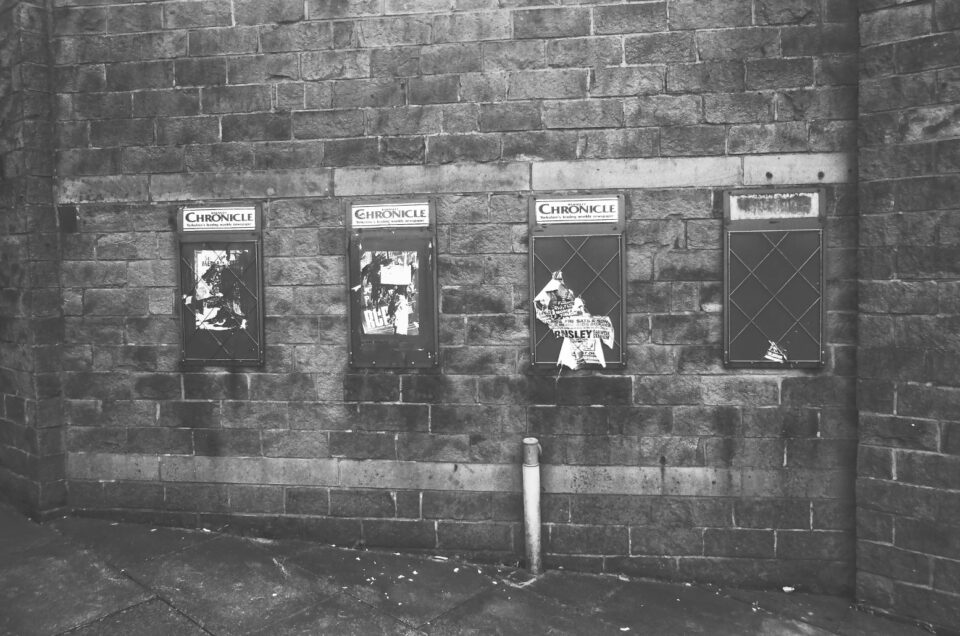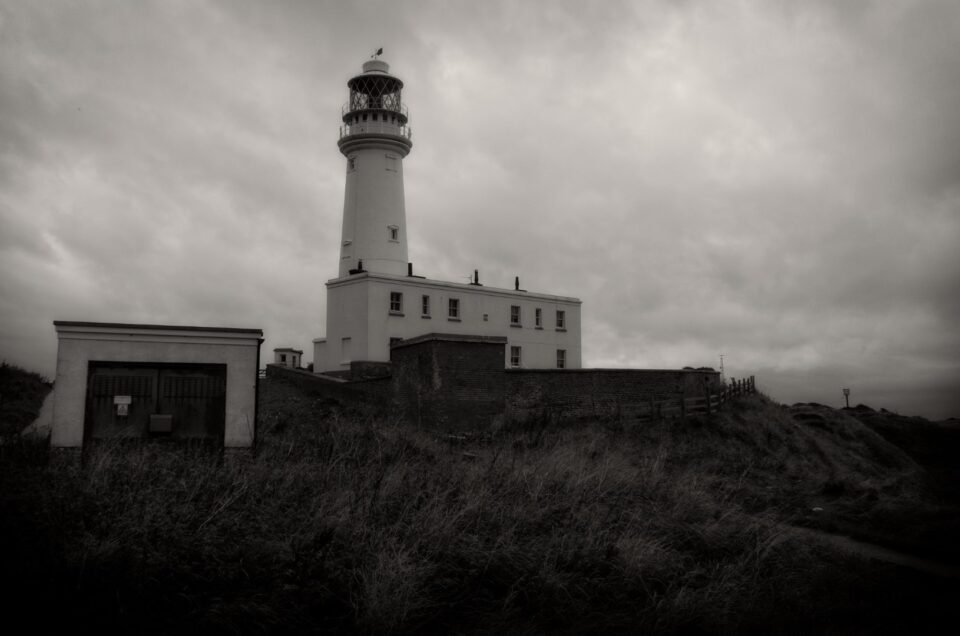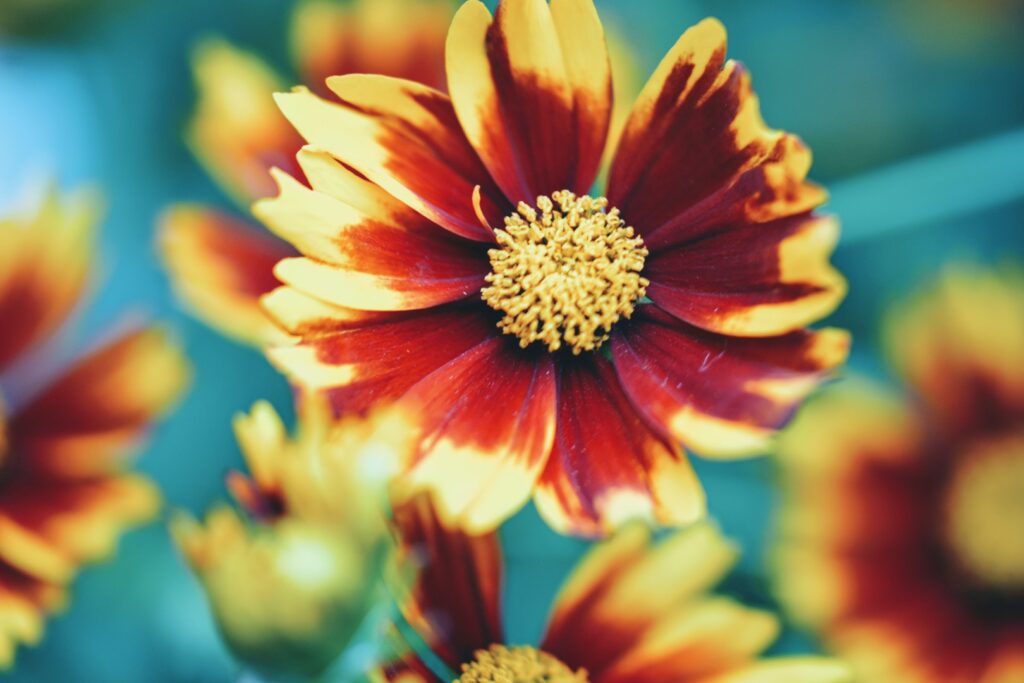Taking long exposure photographs can result in stunning and unique images, whether you’re shooting at night or during the day. This technique captures the passage of time within a single frame, leading to smooth, flowing water, light trails, star trails, or a sense of motion and dynamic energy. Here’s a comprehensive guide on how to take the best long exposure photographs both at night and during the day.
Understanding Long Exposure Photography
Long exposure photography involves using a slow shutter speed to capture stationary elements of a scene sharply while blurring or smearing the moving elements. This can create surreal, dreamlike images that show the effect of time on a scene.
Essential Equipment
To get started with long exposure photography, you’ll need the following gear:
- Camera: A DSLR or mirrorless camera with manual mode capabilities.
- Tripod: Essential for keeping the camera steady during long exposures.
- Remote Shutter Release: Helps to avoid camera shake when pressing the shutter button.
- Neutral Density (ND) Filters: These reduce the amount of light entering the lens, allowing for longer exposures during the day.
- Wide-Angle Lens: Often preferred for capturing more of the scene.
- Extra Batteries and Memory Cards: Long exposure shots can drain your battery quickly and use up significant memory space.
Basic Camera Settings for Long Exposure
- Shutter Speed: The defining factor for long exposure photography. For daytime shots, you might need ND filters to achieve longer shutter speeds. At night, the absence of light allows naturally longer exposures.
- Aperture: A smaller aperture (higher f-number like f/11 or f/16) helps increase the depth of field and reduce the amount of light hitting the sensor, essential for longer exposures.
- ISO: Keep ISO as low as possible (100 or 200) to minimize noise in the images.
- Focus: Manual focus is often more reliable in low-light conditions. Focus on a subject before switching to manual to lock it in.
Long Exposure Photography at Night
Nighttime long exposures are particularly rewarding, as they can capture elements invisible to the naked eye, such as star trails, light trails, or the Milky Way.
Steps for Nighttime Long Exposure Photography
- Scout Your Location: Find a spot with minimal light pollution for star photography or a busy urban area for light trails.
- Set Up Your Tripod: Ensure it is stable and secure.
- Compose Your Shot: Use live view to help with composition. Include interesting foreground elements to add depth to your image.
- Set Your Camera to Manual Mode: Control shutter speed, aperture, and ISO manually.
- Start with Basic Settings: Begin with a shutter speed of 15-30 seconds, an aperture of f/2.8 to f/4, and an ISO of 1600-3200. Adjust based on the available light.
- Use a Remote Shutter Release: To start the exposure without causing camera shake.
- Check Your Histogram: Ensure the highlights are not blown out and adjust settings accordingly.
- Experiment: Adjust your shutter speed to see the effect on light trails or star trails. Longer exposures result in longer trails.
Tips for Specific Nighttime Long Exposure Scenarios
Star Trails:
- Use the longest possible shutter speed. In some cases, bulb mode might be necessary.
- Combine multiple shorter exposures in post-processing to reduce noise.
- An intervalometer can automate the process of taking continuous shots.
Light Trails:
- Position yourself at a busy intersection or road.
- Use a shutter speed between 10 and 30 seconds to capture the movement of headlights and taillights.
- Experiment with different angles and compositions to create dynamic images.
Milky Way:
- Use a wide-angle lens with a large aperture (f/2.8 or wider).
- Start with a shutter speed of 20-30 seconds and an ISO of 3200.
- Use a star tracker for longer exposures without star trails.
Long Exposure Photography During the Day
Daytime long exposures can be challenging due to the abundance of light. However, with the use of ND filters, it is possible to capture stunning images of flowing water, moving clouds, or bustling cityscapes with smooth, blurred motion.
Steps for Daytime Long Exposure Photography
- Find a Good Location: Waterfalls, rivers, coastal scenes, or urban environments are ideal for daytime long exposures.
- Set Up Your Tripod: As with nighttime photography, stability is key.
- Attach an ND Filter: Choose the strength based on the desired effect. ND filters range from 3 stops (ND8) to 10 stops (ND1000) or more.
- Compose Your Shot: Use live view and compose the shot before attaching the ND filter if it’s very dark.
- Set Your Camera to Manual Mode: Control shutter speed, aperture, and ISO manually.
- Start with Basic Settings: Begin with a shutter speed of 1-2 seconds, an aperture of f/11, and an ISO of 100. Adjust according to the light and effect you want.
- Use a Remote Shutter Release: To avoid camera shake.
- Check Your Histogram and Adjust: Make sure the exposure is balanced and adjust the settings as needed.
Tips for Specific Daytime Long Exposure Scenarios
Waterfalls and Rivers:
- Use a slower shutter speed (1-4 seconds) to capture smooth, flowing water.
- Experiment with different ND filter strengths to achieve the desired effect.
- Keep an eye on the light, as changes in brightness can affect your exposure.
Clouds:
- Use a strong ND filter (10 stops or more) to allow for longer exposures, capturing the movement of clouds across the sky.
- A shutter speed of several minutes can create a dreamy, streaky effect in the clouds.
Urban Scenes:
- Use ND filters to blur the movement of people and traffic, creating a sense of motion and energy.
- A shutter speed of 10-30 seconds can smooth out crowds and traffic, making them appear almost ghostly.
Post-Processing Long Exposure Images
Post-processing is an essential part of long exposure photography. Here are some tips to enhance your images:
- RAW Files: Always shoot in RAW to retain the most detail and flexibility in editing.
- Adjust Exposure and Contrast: Fine-tune the exposure, contrast, and white balance to bring out details.
- Reduce Noise: Use noise reduction techniques, especially for nighttime shots with high ISO settings.
- Sharpening: Apply selective sharpening to enhance details while avoiding noise amplification.
- Blending Multiple Exposures: For star trails or scenes with high dynamic range, blend multiple exposures to achieve the best results.
Advanced Techniques and Tips
Using the Bulb Mode
Bulb mode allows you to keep the shutter open for as long as you press the shutter button. This is useful for extremely long exposures (minutes to hours). Combine bulb mode with a remote shutter release or intervalometer for best results.
Calculating Exposure with ND Filters
Using an ND filter requires adjusting your exposure settings. Here’s a quick method:
- Determine the base exposure: Without the ND filter, set your desired aperture and ISO, then adjust the shutter speed to get a correct exposure.
- Apply the ND filter: Note the filter strength in stops.
- Adjust the shutter speed: For example, if your base exposure is 1/60 second and you’re using a 10-stop ND filter, the new shutter speed would be approximately 16 minutes.
Combining Long Exposures with Other Techniques
- HDR Long Exposure: Capture multiple long exposures at different exposures and blend them to increase dynamic range.
- Light Painting: During a long exposure, use a light source (torch, sparkler) to add creative light trails or illuminate parts of the scene.
- Intentional Camera Movement (ICM): Move the camera during the exposure to create abstract patterns and effects.
Troubleshooting Common Issues
Camera Shake:
- Use a sturdy tripod and a remote shutter release.
- Enable mirror lock-up if your camera has this feature.
Overexposed Images:
- Use stronger ND filters.
- Adjust your aperture and ISO settings.
Focus Issues:
- Focus manually and use live view to ensure sharpness.
- Consider focus stacking for increased depth of field.
Battery Life:
- Long exposures can drain batteries quickly. Carry spares and consider using a battery grip.
Safety and Etiquette
- Stay Safe: When shooting at night or in remote locations, be aware of your surroundings and take safety precautions.
- Respect the Environment: Leave no trace and be mindful of wildlife and natural settings.
- Be Considerate: If shooting in urban environments, be considerate of others and avoid obstructing pathways.
Conclusion
Long exposure photography opens up a world of creative possibilities, allowing you to capture the passage of time in a single frame. Whether you’re shooting at night or during the day, understanding the technical aspects, using the right equipment, and applying post-processing techniques will help you achieve stunning results. Practice and experimentation are key, so get out there and start capturing the world in a way that only long exposure photography can reveal.


